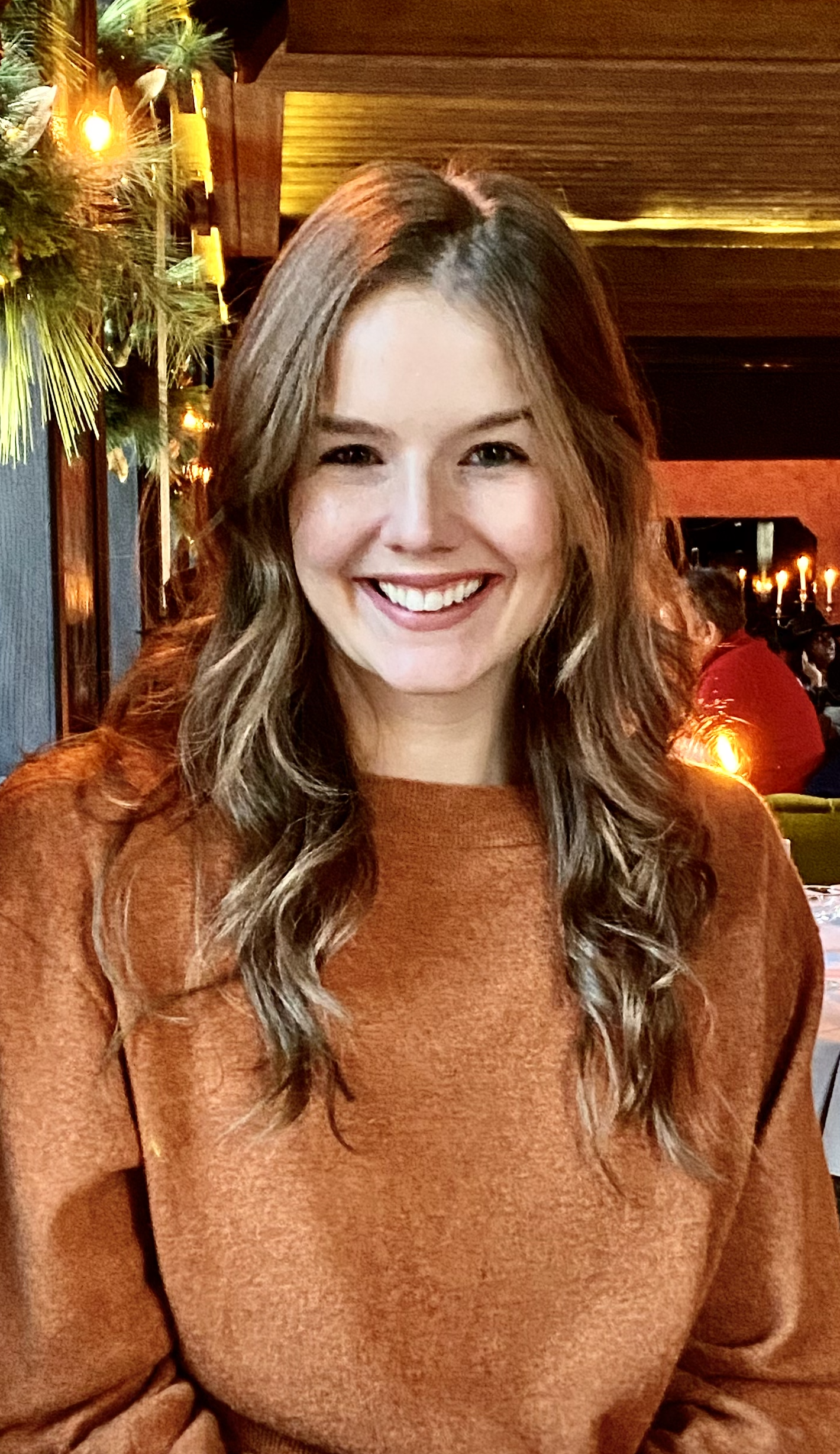Symposia
Technology/Digital Health
3 - (SYM 17) A Framework for Leveraging Technology to Probe Mechanism: A Proof of Concept Exploring Inhibitory Control
- EC
Elise Cardinale, Ph.D. (she/her/hers)
Assistant Professor
The Catholic University of America
Bethesda, Maryland, United States - JM
Jennifer Meigs, BA
Graduate Student
The Catholic University of america
Washington, District of Columbia, United States - SH
Simone Haller, PhD
Staff Scientist
NIMH
Bethesda, Maryland, United States - KF
Kenny Fling, BA
Research Assistant
NIMH
Bethesda, Maryland, United States - UP
Urmi Pandya, BA
Graduate Student
University of Washington
Seattle, Washington, United States - OS
Olivia Seigal, BA
Graduate Student
Yale University
New Haven, Connecticut, United States 
Anjali Poe, B.A.
Research Fellow
National Institute of Mental Health
Bethesda, Maryland, United States- SS
Shannon Shaughnessy, B.A.
Graduate Student
University of Miami
Coral Gables, Florida, United States - CZ
Christian Zapp, BA
Medical Student
Kaiser Permanente Bernard J Tyson School of Medicine
Pasadena, California, United States - JB
Jessica Bezek, BA
Graduate Student
University of Michigan
Ann Arbor, Michigan, United States - KL
Kyunghun Lee, Ph.D.
Staff Scientist
National Institute of Mental Health
Bethesda, Maryland, United States - PK
Parmis Khosravi, Ph.D.
Post-Doctoral Fellow
National Institute of Mental Health
Bethesda, Maryland, United States 
Lauren M. Henry, Ph.D. (she/her/hers)
Postdoctoral Fellow
National Institute of Mental Health
Bethesda, Maryland, United States- MB
Meghan E. Byrne, Ph.D.
Postdoctoral Fellow
National Institute of Mental Health
Bethesda, Maryland, United States - KK
Katharina Kircanski, PhD
Staff Scientist
NIMH
Bethesda, Maryland, United States - EL
Ellen Leibenluft, PhD
Senior Investigator
National Institute of Mental Health (NIMH)
Bethesda, Maryland, United States - RN
Reut Naim, PhD
Assistant Professor
Tel Aviv University
Tel Aviv, Tel Aviv, Israel - DP
Daniel Pine, M.D.
Senior Investigator
National Institute of Mental Health
Bethesda, Maryland, United States - MB
Melissa Brotman, PhD
Principal Investigator
Emotion and Development Branch, NIMH
Bethesda, Maryland, United States
Speaker(s)
Co-author(s)
Quantifying behavioral mechanisms underlying psychopathology has relied on time-consuming tools generally inaccessible to the clinical community. The proliferation of mobile tools, coupled with advances in technology, provide an opportunity for clinicians to develop more accessible platforms. We present data from the development of a novel mobile application “CALM-IT,” designed to translate traditional laboratory-based cognitive control behavioral tasks into an easily accessible in vivo assessment tool as a proof of concept for a novel framework for leveraging mobile technology to bridge granular methods probing behavioral mechanisms with more accessible and easily disseminatable metrics.
First, we apply knowledge from Go/No Go and Stop Signal Delay tasks to inform CALM-IT design. We demonstrate feasibility in a transdiagnostic sample of 200 youth aged 8-18 (M[SD]=13.59[2.91], 45.50% female). 94.79% of participants who were contacted agreed complete CALM-IT and participants successfully engage in 91.28% (SD=7.59) of go-responses for the first 5 levels and 78.03% (SD=8.73) for the last 5 levels. We demonstrate reliability using a two-way mixed effects consistency analysis indicating moderate reliability across approximately 1 week for the first 5 levels (ICC(3,1)=0.50) and last 5 levels (ICC(3,1)=0.48). We investigated validity associations with inhibitory control latent factor scores estimated based on task performance across four in-laboratory tasks for both the first five levels of CALM-IT, r=-0.35 p< .001, and last five levels, r=-0.35 p< .001. A subset of participants completed the Eriksen Flanker task during functional magnetic resonance imaging. A condition-by-CALM-IT interaction emerged in the bilateral IFG (left IFG: F(1,48)=4.88 p=.032; right IFG: F(1,48)=7.68 p=.008). Finally, we demonstrate clinical relevance through examination of associations with factor scores derived from a bifactor model of childhood psychopathology with higher levels of shared psychopathology associated with impaired CALM-IT performance for the first five (b=-0.16 p=0.047) and last five (b=-0.22 p=0.006) levels.
This framework provides a critical first step forward in bridging the gap between precise, mechanism-driven basic science research and community-based assessment and treatment of childhood psychopathology. By leveraging mobile technology, we aim to ultimately increase the accessibility of these traditionally costly and time-intensive tools to populations that are underserved and underrepresented.

.png)
